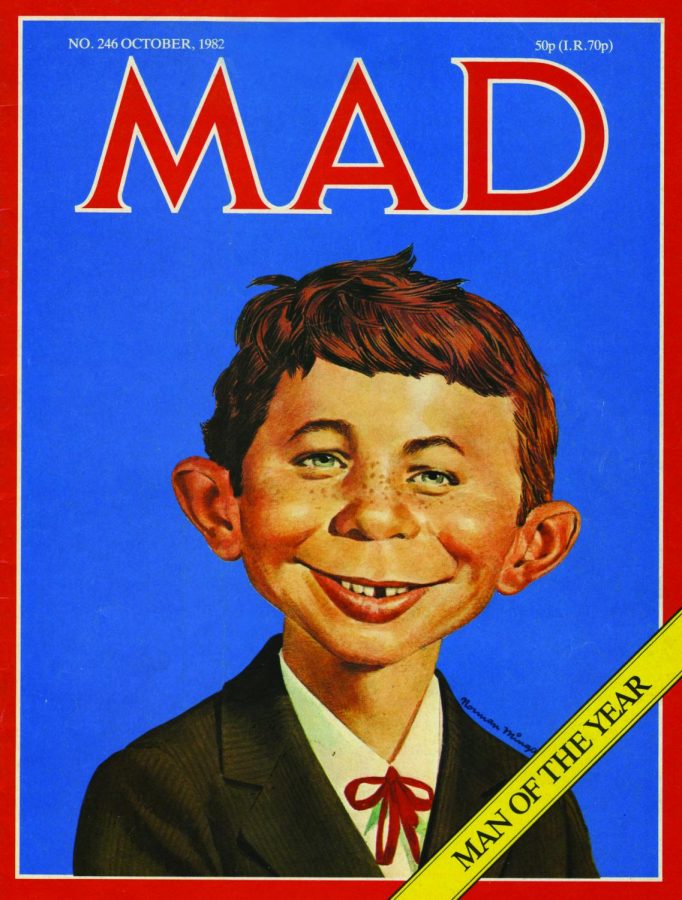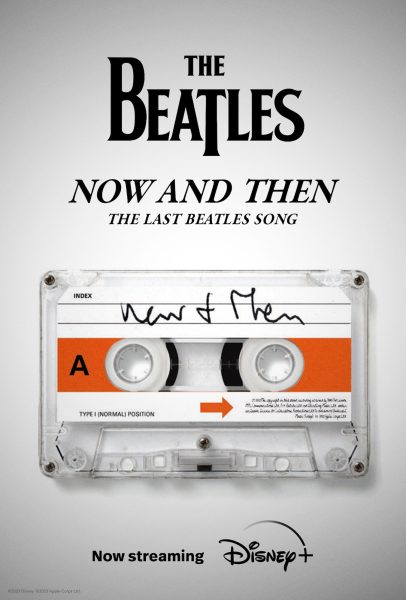MAD Magazine folds after nearly 70 years of satirical content
After seven decades, MAD Magazine will no longer print new issues.
January 13, 2020
The old, satirical magazine known as MAD has come to aclose. MAD, focusing on political satire and other media, has lost the interest of many, as most people have never even heard of the magazine and it shows in the declining subscriptions.
“It’s been so long I forgot the name of the character,” history teacher Jeff Isola ’98 said.
The magazine made its first appearance in 1952 and will end after the 10th issue. However, they will republish older issues until their contracts with their subscribers are over. The magazine does plan to publish end-of-the-year specials and maybe other feature type content.The magazine once had two million subscribers, but now hangs around 100-200 thousand and declining.
“I think one of the main things is when they changed the company and became a convoluted and subpar mix of Nickelodeon style humor,” said long-time subscriber Michael O’Brien, Dean of Academics. He added, “I was drawn in by the art, humor, and the political edge the magazine offered.”
A notable segment of the magazine was Spy vs Spy, a short comic strip that started in 1961. The comics were about two spies and sometimes there was a third. The two spies would try to outsmart each other until one came out on top and would make a “V” with their fingers for victory.
The comics focused on the Cold War and how absurd it was.
“I have not read it in 10 years,” said economics teacher David Elu, but “I enjoyed the parody.”
Isola added, “It was a meme before memes were a thing.”
Some younger generations know about MAD from the TV show Cartoon Network had from 2010 to 2013. The show was met with mediocre reviews, receiving a 5.7/10 from IMDb and a 5.6/10on TV.com.
The first editor was Harvey Kurtzman who wrote the first issue and helped illustrate it, along with Wally Wood, Will Elder, Jack Davis, and John Severin. MAD started as a comic book for its rst 23 issues and later became a magazine in 1955, so Kurtzmann could be the editor for one more year.
When Kurtzmann left in 1956, Al Feldstein took up the mantle of editor and he added Don Martin,Frank Jacobs, Mort Drucker, and later Antonio Prohías, Dave Berg, and Sergio Aragonés to the MAD team. Feldstein lead MAD into its glory days where the magazine peaked in 1974.
“The artists and writers suchas Jack Davis, Sergio Aragonés, and Don Martin inspired and entertained me for the past 40 years,” O’Brien said that he will continue to read MAD Magazine for the rest of his years.












